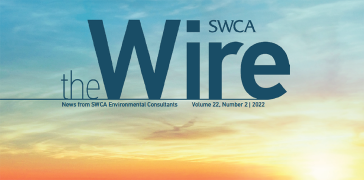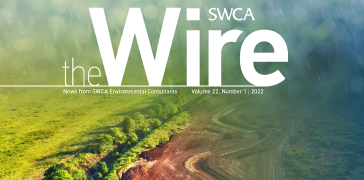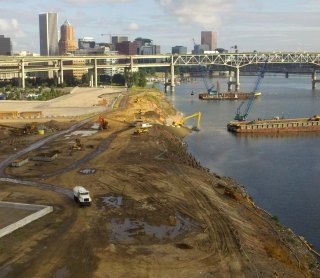
The challenges of land development are unique and complex. SWCA helps land development clients and landowners seeking entitlements meet these challenges so that they can effectively and responsibly achieve project goals.
We provide environmental assistance for the development of master-planned communities as well as urban, open space, commercial, resort, and recreational areas. SWCA assists federal and state agencies as well as development, mining, and transportation clients with services for land exchanges. For all land development consulting projects, we provide creative, environmentally sound solutions that maintain and build project value and demonstrate environmental leadership.
Association Involvement
• Building Industry Association (San Diego)
• Ecological Restoration Business Association (ERBA)
• Society for Ecological Restoration (SER)
• Society of Wetland Scientists
• Turtle Survival Alliance (TSA)
Relevant Services
PERMITTING
- National Environmental Policy Act (NEPA) Full Service Support
- Environmental Impact Statements (EIS)
- Environmental Assessments (EA)
- Third-party Technical Review
- California Environmental Quality Act (CEQA) Full Service Support
- Phase I Environmental Site Assessments
- National Historic Preservation Act (NHPA) Section 106 Permitting
- Nationwide, State, Regional, Local, and Individual Permits
- Endangered Species Act (ESA) Compliance, including Section 7 Consultations, Section 10(a) Permitting, and Threatened and Endangered Species Surveys
ASSESSMENT, development, MANAGEMENT, AND RESTORATION
- Archaeological and Cultural Resources Surveys
- Archaeological Monitoring
- Paleontological Monitoring
- Conservation Banking
- Wetland and Stream Mitigation Banking
- Ecological Restoration
- Habitat Assessments and Evaluations
- Biological Surveys, Assessments, and Evaluations
- Land and Site Development
integrated PLANNING
- Management Plans (Wildlife, Forestry, Grazing, Recreation, River, and Watershed)
- Natural Resource Management Planning
- Wildfire Planning Services
- Habitat Conservation Plans
- Special Area Management Plans (SAMP)
Project Spotlights
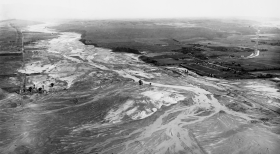
Mitigation Banking
When it Rains, it Pours: How One Man’s Con Set the Stage for a River’s Destruction and Restoration
When San Diego was facing a historic drought in 1915, the city council turned to an unlikely character to solve their crisis: Charles Hatfield, a 40-year-old sewing machine salesman and “rainmaker.”
“What followed in January and early February of 1916 was a downpour — 30 inches of rain by some estimates. Mission Valley flooded. The San Diego River jumped its banks. Farms, homes, bridges and businesses were swept away. Estimates of the deaths range from a dozen to 50.”

Environmental Impact Report
The Ice Age Unearthed: Preserving the Past, Present, and Future of La Brea Tar Pits
A picturesque open space and park amid a busy urban neighborhood. A place of discovery and science for visitors and locals that has remained intact for more than a century. A landmark focused on the exploration of prehistoric times alongside the modern Miracle Mile. The world’s only paleontological excavation site in a major city. All reasons why SWCA is proud to be leading the comprehensive environmental analysis of the re-imagination of the La Brea Tar Pits in Los Angeles.

Conservation Banking
A Market-Driven Solution to Preserving Wetlands
This case study takes a look at how SWCA is helping a Texas land owner and partner of Gin City Land Company create a wetland mitigation bank to bring back wetland habitat and maintain her family’s ties to the land.

Endangered & Threatened Species
Got Species? Endangered Species Act Tools & Tips
Once a species is protected by the Endangered Species Act, activities that negatively impact those species could require authorization from the U.S. Fish and Wildlife Service. SWCA tracks threatened and endangered species issues closely and offers the following tips for staying ahead of the game.
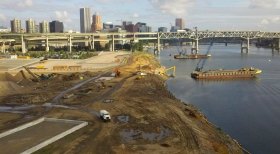
Land Development
On the Waterfront: Redeveloping an Industrial Shoreline in Portland
The Willamette River waterfront in downtown Portland was once the site of WWI and WWII shipbuilding efforts. An effort began in 1987 to transform the industrial shoreline and “brownfield” into a livable landscape. Based on more than 15 years of comprehensive analysis and a concerted effort to safeguard the public and the environment, the redevelopment project has been one of the most extensive privately funded, voluntary cleanups undertaken on the Willamette River.

